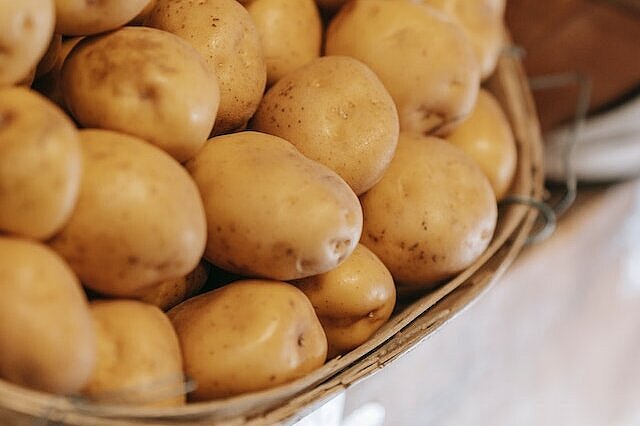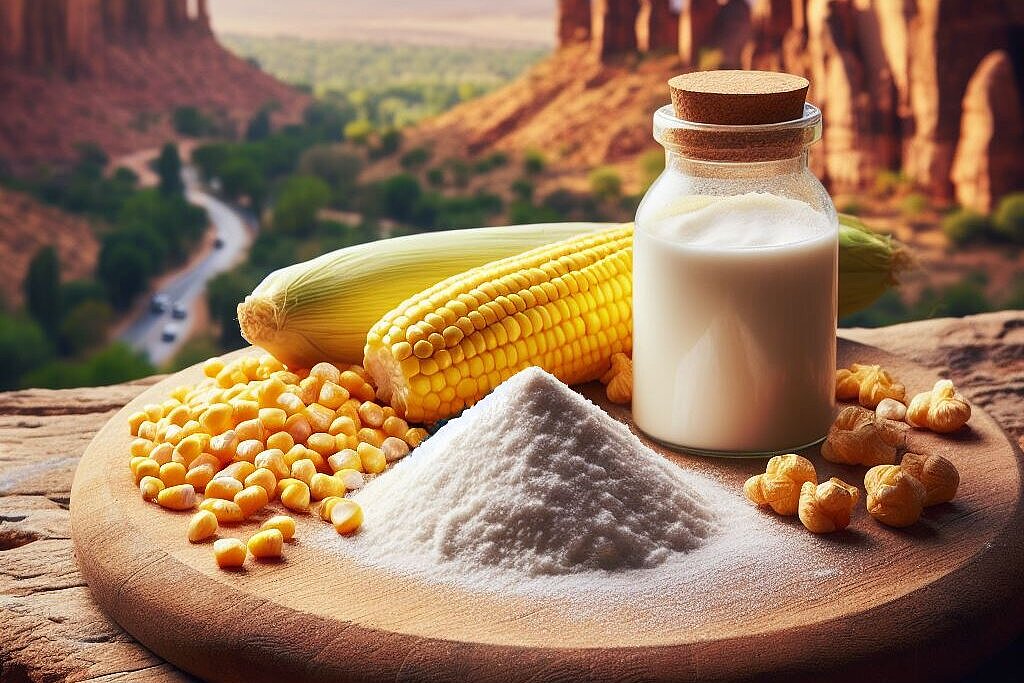Sago

The benefits of sago
Sago has several advantages as a food. It is gluten-free, lactose-free and vegan. It is rich in carbohydrates and provides energy for the body. It is also easy to digest and can help with gastrointestinal complaints. Sago has a neutral taste and can be combined with various ingredients.
The disadvantages of sago
However, sago also has some disadvantages, especially for dogs. All parts of the sago palm are highly toxic to dogs and cats, including the leaves, trunk, roots and seeds. The seeds are particularly dangerous as they contain high levels of a toxin called cycasin. Cycasin can cause severe liver damage and death.
Symptoms of sago poisoning can occur within 15 minutes to several hours after ingestion. They include vomiting, diarrhea, blood in the stool or urine, jaundice, thirst, increased urination, bleeding, depression, paralysis, seizures or coma. Treatment requires immediate veterinary care and may include gastric lavage, activated charcoal, fluid therapy, blood transfusions, antibiotics and vitamin K. However, the prognosis is poor as many dogs die despite treatment.
Sago may be a nutritious and versatile food for humans, but it is a deadly danger for dogs. You should therefore avoid feeding your dog sago or letting him near sago palms at all costs. If you suspect or know that your dog has eaten sago or part of a sago palm, you should take him to the vet immediately. It could save his life.
Properties 9
Are you looking for other ingredients with a specific property?
Just click on them to find more.
If you notice any signs of hypersensitivity or poisoning in your dog, you should see your vet immediately. We are not a substitute for a vet, but we try to be as accurate as possible. Every dog reacts differently and we recommend you get a second opinion or consult your vet if in doubt.
Stay healthy and take good care of your four-legged friend!😊
Similar to Sago
What is rice starch? Rice starch is a carbohydrate that results from the breakdown of rice grains. It consists mainly of amylose and amylopectin, two types of molecules that are responsible for the...
Potato starch has several benefits for dogs that you should be aware of: Potato starch is gluten-free and therefore suitable for dogs with a grain allergy or intolerance.Potato starch contains...
Tapioca starch is a white, tasteless powder made from the dried and ground roots of the cassava plant. The cassava plant is a tropical plant native to South America, where it is also known as...
Corn starch is a carbohydrate obtained from the endosperm of the corn kernel. It is a fine, white powder that is widely used in the food industry - including in dog food. Corn starch is often used...



